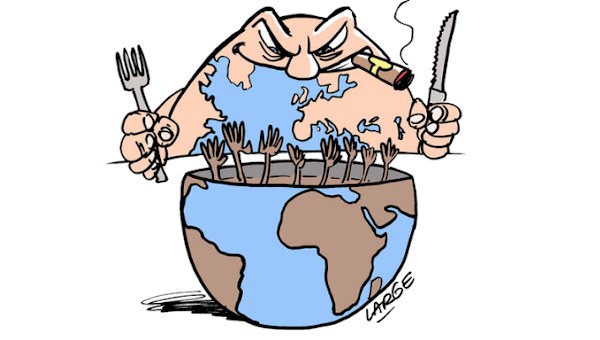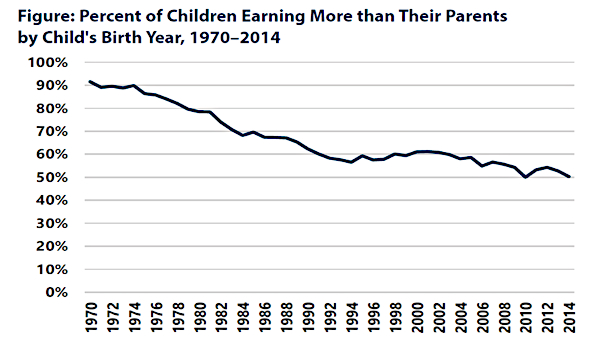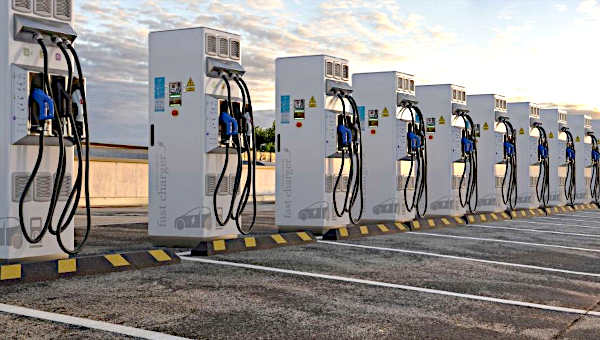An End to the Crisis? The IMF’s $650bn Special Drawing Rights Stimulus
CADTM: In late August 2021 the IMF announced that it would supply the global economy with $650-billion (US) to meet urgent needs. This would be achieved through an increase in Special Drawing Rights. What exactly does that mean?
Milan Rivié (MR) and Éric Toussaint (ÉT): The 190 countries that are members of the IMF are entitled to allowances in strong currencies which they do not have to pay back. This device is called Special Drawing Rights (SDR). To this we must add loans that the IMF can grant to a country calling for help. Loans must be repaid with interest and are tied to conditions that reinforce neoliberal policies.
On 23 August 2021, Kristalina Georgieva, IMF Managing Director, stated: “The largest allocation of Special Drawing Rights in history about $650-billion (US) comes into effect today. The allocation is a significant shot in the arm for the world and, if used wisely, a unique opportunity to combat this unprecedented crisis.” She added that the allocation of SDRs “will provide additional liquidity to the global economic system – supplementing countries’ foreign exchange reserves and reducing their reliance on more expensive domestic or external debt. Countries can use the space provided by the SDR allocation to support their economies and step up their fight against the crisis.”
When it announced an additional $650-billion in SDRs, the IMF made it known that member countries could draw on this amount but have to be aware that they cannot claim more than what is allowed by their economic and political weight represented by their quota-shares in the IMF. For instance: the USA have quota-shares of 17.43 while the Democratic Republic of the Congo has only 0.22 quota-shares, i.e. 80 times less. However, the DRC has some 100 million inhabitants and the USA only around 330 million.

CADTM: Are the SDRs a debt toward the IMF?
MR and ÉT: The SDRs are an international reserve asset designed to supplement the official reserves of the 190 IMF member countries and provide liquidity in the event of a balance of payments crisis, i.e. when a government no longer has sufficient financial resources available in foreign currency to meet its financial commitments outside its borders, including debt service.
As such they are not a debt toward the IMF either. SDRs are not a currency: you cannot carry out any transaction with them. Their value is determined by a basket of currencies consisting of the US Dollar, the Euro, the Chinese Yuan, the Japanese Yen and the British Pound. SDRs, on the other hand, can be traded against one or more foreign currencies through central banks. In this instance SDRs become a debt, not toward the IMF, but toward the institution with which they were traded. SDRs are not a gift.
To put it in other words, a country that does not have sufficient reserves in one or more foreign currencies to repay its external public debt to one or more of its creditors will be able to use all or part of the SDRs allocated to it to make debt service payments.
CADTM: For the IMF, this increase is of course a “landmark.” While the SDR allocation is not new, its amount is unprecedented. In what way can this allocation benefit the concerned countries?
MR and ÉT: To go along with the IMF, we could say that this SDR allocation is free of policy conditionalities and is not directly counted by the IMF as a debt. But while this allocation may at first sight represent a breath of fresh air for the countries of the South, the reality is quite different.
CADTM: What do you mean? Is this a deceptive kind of help?
MR and ÉT: Absolutely! We can point to at least four limitations to this allocation.
We can start with the distribution of those $650-billion. As mentioned above, SDRs “are being distributed to countries in proportion to their quota shares in the IMF.” Consequently, among the 190 member countries, the 135 developing countries share $275-billion, i.e. hardly 40% of the allocation, while the 55 rich countries will receive some $375-billion. Moreover, there are strong income inequalities among developing countries, which reinforce inequalities in the distribution of the allocation.
The 29 low-income or poor countries, with 700 million inhabitants, receive less than $21-billion. This is a paltry amount compared with the $450-billion they need to help their economies over the next five years, according to the IMF.
So the allocated amount is questionable. Those $275-billion represent less than 8% of the external public debt and 25% of developing countries’ external public debt servicing from 2020 to 2022. Compared with the thousands of billions of euros and US dollars, respectively, released since the beginning of the pandemic by the European Central Bank and the US Federal Reserve, and with the actual needs of the countries of the South, the allocation of $275-billion is derisory.
“The 29 low-income or poor countries, with 700 million inhabitants, receive less than $21-billion.”
Another element that must not be forgotten is the political consequences of this allocation. Since the global crisis of 2007-08, the IMF has once again become inescapable and is present in a majority of countries in the South. To use this allocation is to reinforce the central position of an institution that has constantly failed since its creation, both because of its anti-democratic functioning and its deadly neoliberal ideology. The situation is similar for the 55 richest countries. Negotiations are already underway to redistribute part of the $375-billion they have received to the countries of the South. But note that the proposal that is currently dominating the debate is a fool’s game. The rich countries would demand interest on a share of the SDRs that were allocated to them for free. Not to mention the very likely strategic and trade agreements signed under the table with the governments of the South, who have their hands tied given their critical situation.
Last but not least, we must be aware of what the allocation will be used for. Currently over 25 per cent of countries of the South dedicate more resources to debt servicing than to healthcare expenditure. And at the same time, neither the initiative to suspend debt servicing, nor the Common Debt Framework or the Disaster Response and Assistance Trust Fund established in 2020 can meet the demand. Moreover, private creditors, who are a large majority, have not yet granted any relief or cancellation of their debts. In such circumstances, the allocation is likely to be used first to directly or indirectly repay private creditors. The current dominating logic for countries of the South is to preserve their trustworthiness on financial markets and with investors. As they give in to the blackmail of creditors and rating agencies States are clearly undermining international law, human rights and the United Nations Sustainable Development Goals (SDGs).
For instance, the president of Mexico has already announced that he would use SDRs to repay the country’s external debt instead of using them to fight the impact of the pandemic. Yet there have been more than 260,000 deaths in Mexico due to the coronavirus.
CADTM: Your observation seems implacable. But what other solutions do countries of the South have?
MR and ÉT: What is obvious is that in spite of the unprecedented nature of the crisis and of successive alarming statements, no current international institution has been able to implement unconditional debt cancellation.
Nothing has changed over the years for countries of the South and their populations. They have nothing to expect from international financial institutions like IMF and World Bank (WB). They have to take sovereign measures, which is perfectly possible. Under international law, there are strong legal arguments that can support a unilateral decision to suspend payment, including state of necessity and fundamental change of circumstances. When a state invokes these arguments, it does not matter whether the debt is legitimate or not. Even if the debt claimed is legitimate, this does not prevent the country from suspending payment. With the help of the people and international solidarity, this is the only way to end the crisis. •
This article first published on the CADTM website.





